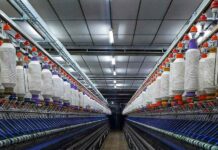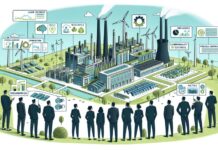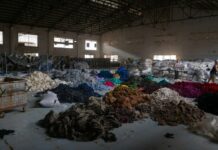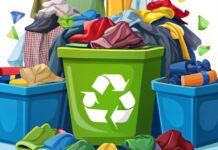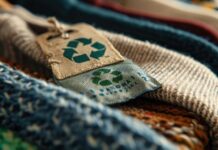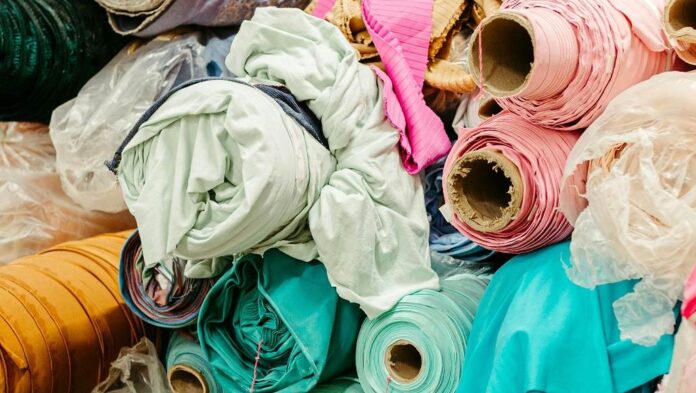A recent study emphasizes the critical role that policy plays in scaling up textile recycling across Europe. As the continent grapples with the challenges of textile waste, the research outlines strategic approaches aimed at bolstering recycling efforts within the fashion and textile industry.
The Growing Challenge of Textile Waste
Textile waste is becoming a significant environmental concern, with millions of tons of discarded clothing ending up in landfills every year. The fashion industry, known for its fast-paced production cycles, contributes heavily to this issue, generating a staggering amount of waste. The European Union is under increasing pressure to address this problem as part of its broader sustainability goals.
Current recycling rates for textiles remain alarmingly low, with only a small fraction of garments being effectively recycled. The study reveals that without robust policies to incentivize recycling initiatives, Europe will continue to struggle with mounting textile waste.
Policy Recommendations for Greater Recycling Impact
To address these challenges, the study calls for comprehensive policy measures that include:
- Extended Producer Responsibility (EPR): Implementing EPR policies would require manufacturers to take responsibility for the entire lifecycle of their products, including end-of-life disposal. This policy shift would encourage brands to design for recyclability and invest in sustainable practices.
- Incentives for Recycling Technologies: The report suggests that governments should provide incentives for the development and adoption of innovative recycling technologies. This includes investments in facilities that can efficiently process and recycle textile waste, transforming it into new materials.
- Consumer Awareness Campaigns: Raising awareness among consumers about the importance of recycling textiles and sustainable fashion choices is crucial. Educational campaigns can drive behavior change and encourage individuals to recycle garments properly.
- Collaboration Across the Industry: The study highlights the need for cooperation among stakeholders in the textile supply chain, including manufacturers, retailers, and recyclers. Collaborative efforts can streamline processes and enhance recycling rates.
The Economic and Environmental Benefits
Implementing these policies not only addresses environmental concerns but also presents economic opportunities. By fostering a robust textile recycling industry, Europe can create jobs and stimulate economic growth while reducing reliance on virgin materials.
With the fashion industry facing increasing scrutiny over its environmental impact, adopting effective recycling policies is essential for a sustainable future. The study serves as a wake-up call, urging policymakers to prioritize textile recycling as part of their environmental agendas.
Conclusion: A Path Forward for Textile Recycling
As Europe seeks to meet its sustainability targets and tackle the textile waste crisis, it is vital that comprehensive policies are enacted to promote recycling. By embracing approaches such as EPR and investing in innovative solutions, the continent can lead the way in creating a circular economy for textiles, benefiting both the environment and society.
The time for action is now, and the findings of this study should inspire immediate and concerted efforts from all sectors to enhance textile recycling in Europe.












